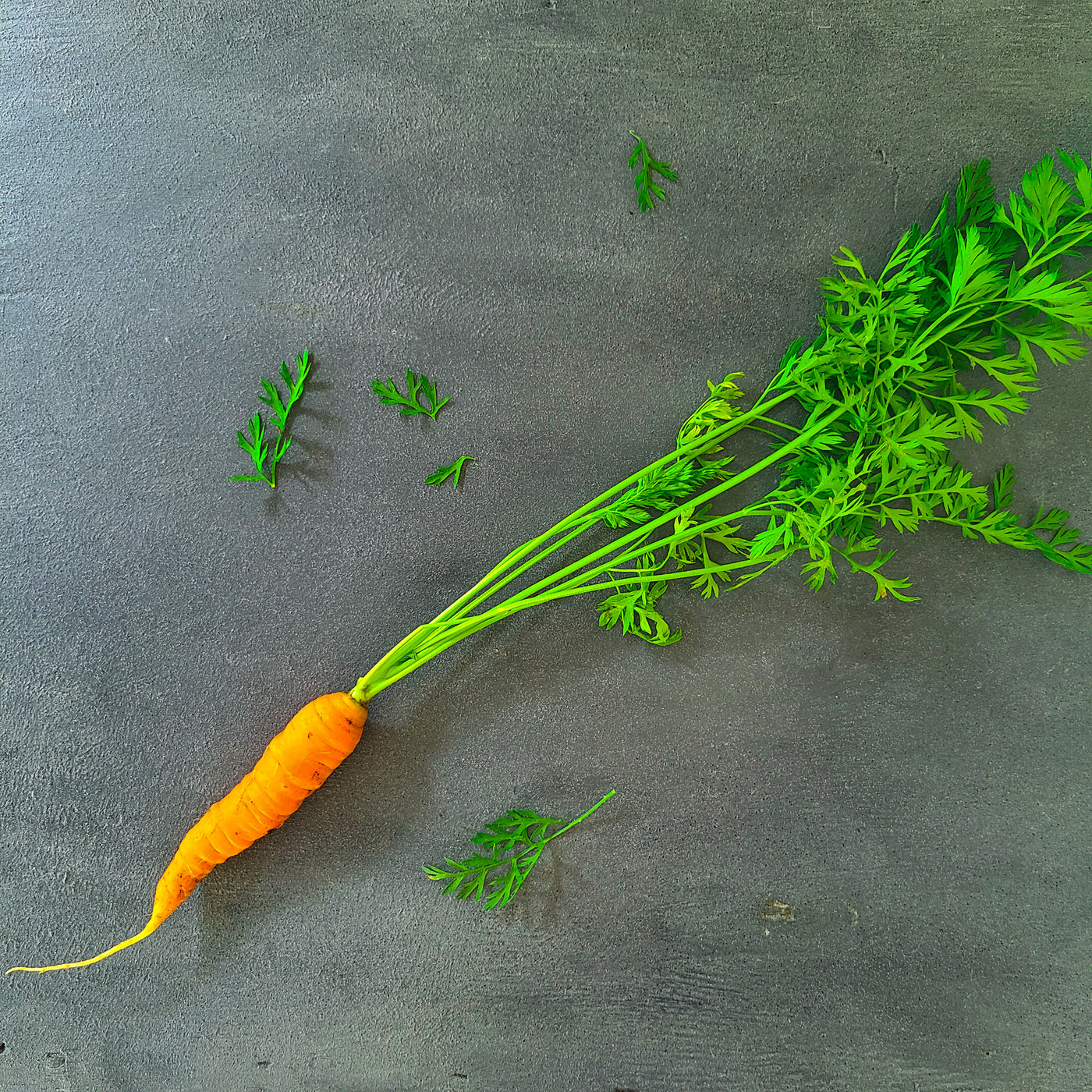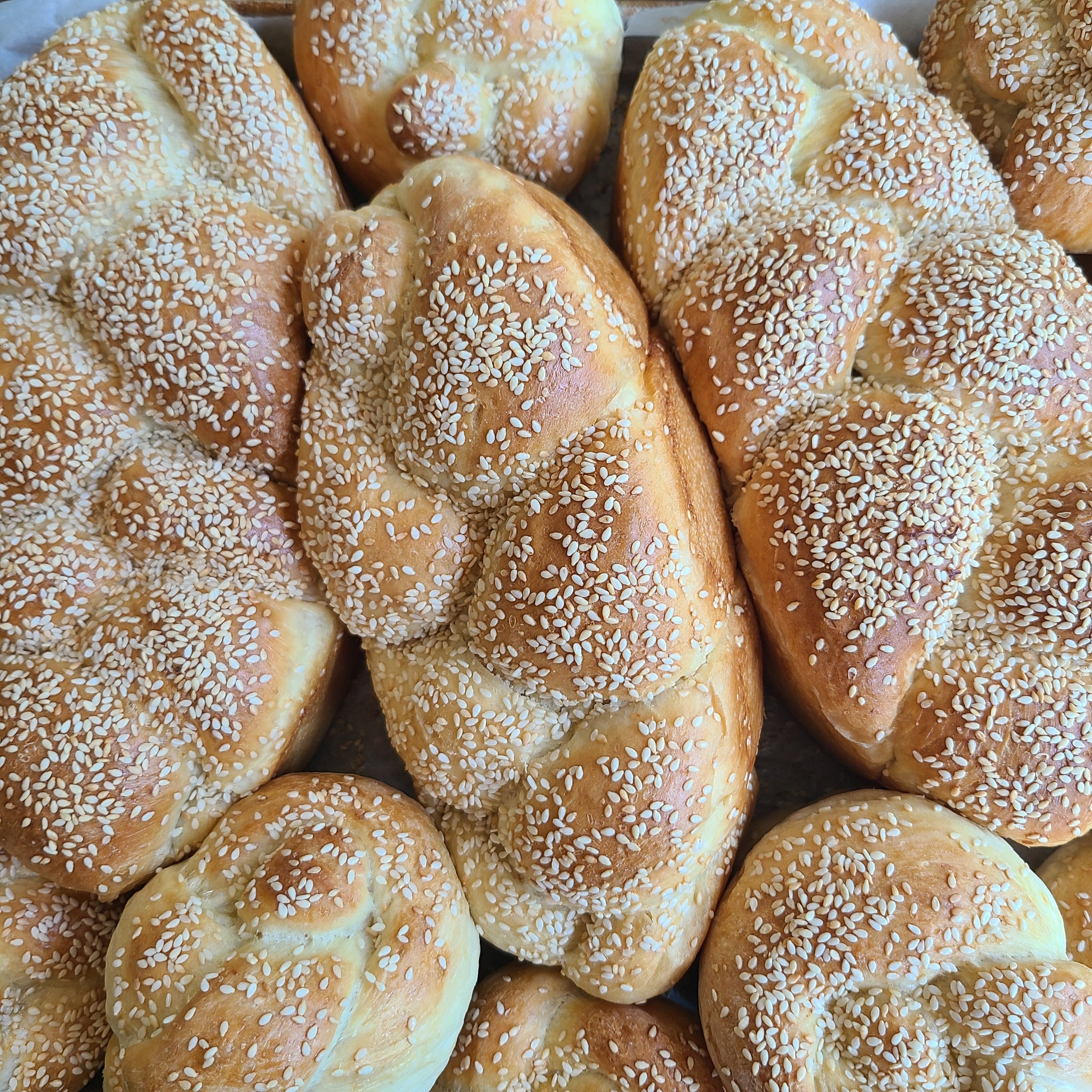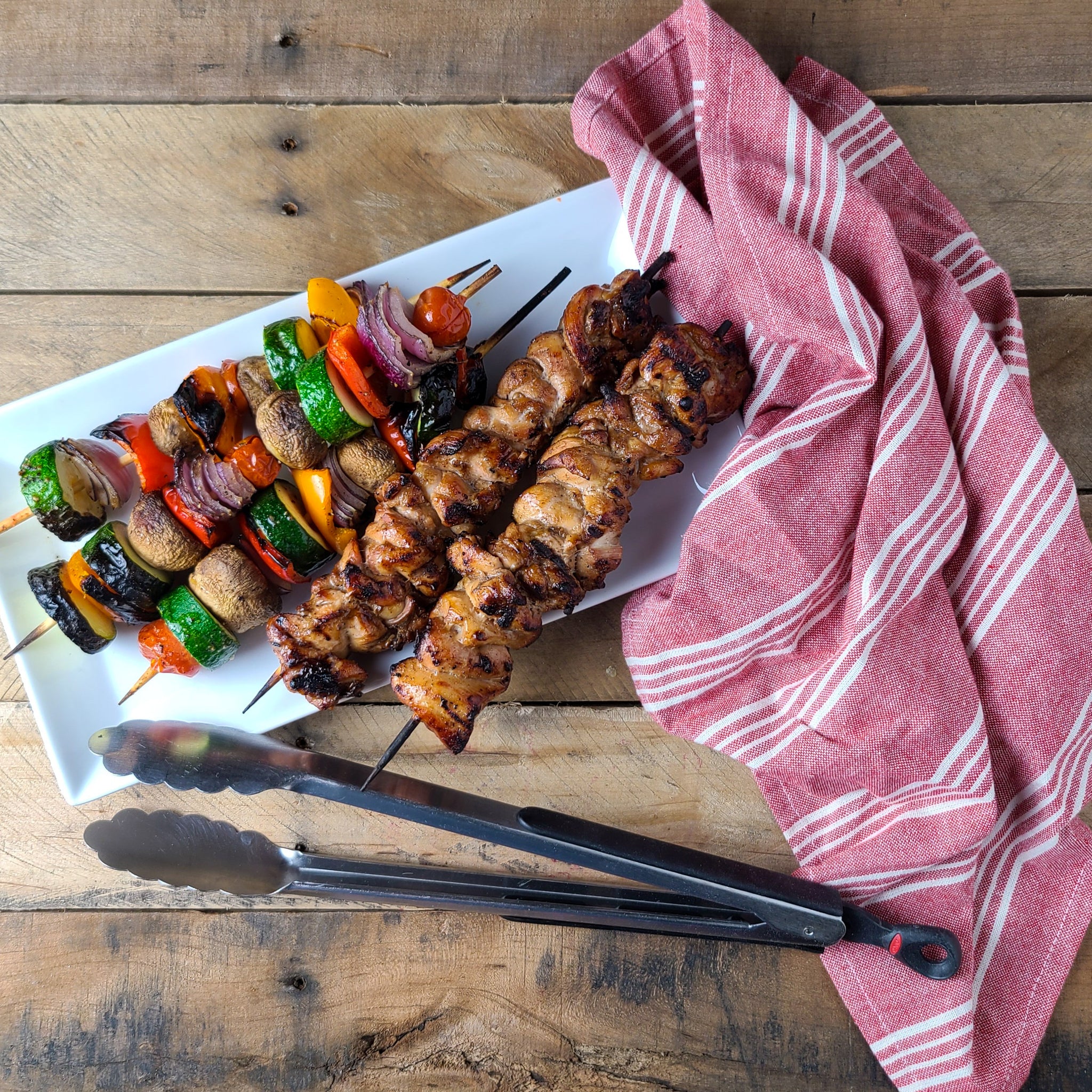
Growing Carrots
The hardest part of growing carrots is getting the seeds to germinate. They need to be kept consistently moist, something that can be tough if the weather is going through a dry spell. They can take up to three weeks to sprout so you'll often feel like you're watering an empty patch of soil for days on end. If you've ever read the children's book "The Carrot Seed" by Ruth Krauss, the poor little boy waters his carrot seed every day for days on end until a carrot finally sprouts. Growing carrots can actually feel just like that. As in all gardening, patience is definitely key. The best time to plant carrots would be just before a rainy week or two if only you could know exactly when that would be. Covering the seeded area with a wooden plank or a piece of burlap can help keep the seeds damp but it must be removed when the first seeds start to sprout. This still leaves you watering a (mostly) empty patch of soil. (Can you tell that I have sometimes been frustrated at getting my carrot seeds to germinate?)
Eventually, though, they will come up. At that point they will still need watering but you won't be running out at midnight to water the seeds you forgot about since the morning.
Carrots like loose soil that drains easily.
It's NEVER a good idea to step in the soil of your garden beds, as it compacts the soil inhibiting root growth, but this is especially important with root crops like carrots!
Carrots can be planted as soon as the soil temperature reaches 50 degrees in the spring. I will often plant carrots two or three times, a few weeks apart. I like to leave some of the carrots from the last planting in the ground until after the first few frosts as the cool temperatures will cause the sugars in the carrots to concentrate making for super sweet carrots.
Carrots do not do well in very hot weather. In warmer climates where the ground never freezes they make a great winter crop. Plant them in September or October for a winter harvest.
Your carrots are ready to pick whenever you'd like to! I usually thin the carrot rows about eight weeks in and of course will eat the ones I pull. These are true "baby carrots" (See the bonus about "Baby Cut Carrots" at the end of this article!) You can gauge the approximate size of your carrots by brushing away the dirt at the base of the plant to expose the top of the carrot. Often the top of the root will already be visible above the ground. It is normal for many of the carrots to not be "perfect" those are the carrots usually turned into juice, puree, shredded carrots etc... in commercial farming. Only the beautiful looking ones get to the stores. The "ugly" carrots are still delicious, so enjoy yours'!

Baby Cut Carrots
"Baby carrots" were invented by carrot farmer Mike Yurosek in the 1980s as a way to make the "ugly" or broken carrots saleable. The less than perfect carrots were peeled, cut up, bagged and sold as a convenient, ready to eat snack. Today they are usually cut from a long, thinner variety of carrots grown specifically for baby carrot production. They are picked, washed, sorted, cut, peeled and polished by rollers then rinsed and bagged.Baby carrots are rinsed in Chlorinated water (and then rinsed again in plain water) to kill any possible bacterial contamination (remember the romaine lettuce and onion recalls recently? )
White residue on baby carrots is just dehydration of the carrots. The same thing would happen if you cut your own carrot sticks and stored them too long.
Since baby carrots were introduced carrot consumption in the United States has risen significantly. Baby carrots are convenient, though unfortunately don't necessarily have the best carrot flavor as the variety they are cut from is bred for size, shape and maximum yield per acre, not flavor.
Leave a comment (all fields required)
Comments will be approved before showing up.


